Dubrovnik is a plant that is not only beautiful, but also useful
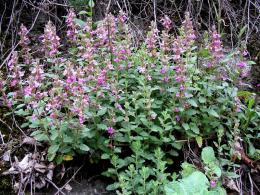
Land owners, when landscaping the area, try to give part of the garden a natural look. This is where cultivated species of wild flowers and bushes, such as common Dubrovnik.
Dubrovnik is a plant that is widely found on the territory of the Eurasian and African continents. The genus has about 100 different species, almost two dozen of which grow wild in Russia and the former republics of the USSR.
Content:
- Dubrovnik. Description of the most common types
- Dubrovnik propagation
- Use of Dubrovnik in folk medicine
Dubrovnik. Description of the most common types
The life form of most plants from the genus Dubrovnik is perennial herbaceous plants or subshrubs. The species differ in their sizes. There are short-growing representatives of the genus with a height of just over 10 cm, and there are tall ones - up to 1 m.
Almost all plants of this genus have a sharp, specific odor, in many species similar to the smell of garlic. This makes it possible to use Dubrovnik as a herb. Its inherent medicinal properties make the plant in demand in folk medicine, and decorative leaves and flowers can decorate any garden. This is evidenced by descriptions of some species:
White Dubrovnik - the plant got its name from its white pubescent stems and white or white-cream flowers.The perennial subshrub is most often found in the southern regions of Europe, Asia and northern Africa. The plant is no more than 0.4 m in height.
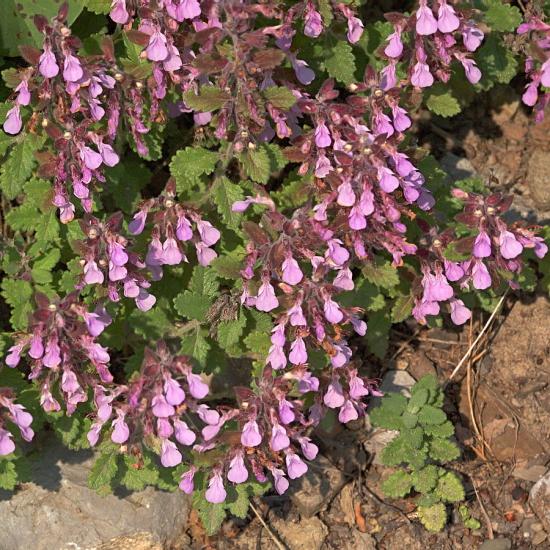
Prefers rocky slopes and screes. The leaves are pinnate with dense pubescence. Flowering time begins in May. Lasts until August. Tolerates drought very well. In general, the plant is unpretentious and grows well in light soils. Propagated by cuttings and seeds. Dubrovnik eastern - the plant has good winter hardiness. In addition, when the snow melts, some of the stems and leaves are already green.
The height of the shoots is 25 cm. The flowers are delicate purple, 10 mm in diameter. Flowering continues until the first frost. The best decorative qualities of this species appear when planted over a fairly large area.
During flowering with such a planting, Oriental Dubrovnik gives the impression of light purple clouds. Common Dubrovnik - the plant has straight stems with dense pubescence. The height of the stems is up to 40 cm.
The leaves are also pubescent. Red or red-violet flowers are collected in an inflorescence of spikes. Flowering begins in July and continues until the end of August. Loves soils with a decent lime content. Dubrovnik mountain - low, up to 10 cm. The flowers are yellow or white-green.
The plant is very different decorative and attractive appearance in mid-summer at the height of its flowering. The species is unpretentious and is often used in rock gardens. Dubrovnik roundifolia is also suitable for them. It forms cushion-shaped bushes of bluish-white color. All types of Dubrovnik are undemanding. You can grow them yourself.
Dubrovnik propagation
The plant propagates by seeds, dividing bushes and cuttings.Seeds need stratification, so it is better to sow them before winter. With this sowing, they will go through a period of dormancy in natural conditions and in the spring they will sprout vigorously. Can be propagated by dividing bushes in May.
When propagated by cuttings, they are cut in mid-summer from side shoots. The length of the cutting is 10 cm. Rooted in light, damp soil in a small greenhouse. As soon as the roots appear, the Dubrovnik is transplanted into individual pots, which are moved indoors with the onset of autumn. In the spring they are transplanted into open ground to a permanent place.
Dubrovnik is grown in the sun or under the slight shade of sparse shrubs or trees. Before planting, you need to dig up the soil and add humus or compost. This will help the plants bloom more profusely. The soil should be light with a neutral or slightly alkaline reaction. In the first two to three years, the plant grows quite slowly.
Video about the Dubrovnik plant:
Requires watering only when planting and in the absence of precipitation for a long time. If there is excess moisture, soil drainage is needed to remove water. Otherwise it does not require special care. Dubrovnik can be grown not only for decorative purposes, but also for use as food and as a traditional medicine.
Use of Dubrovnik in folk medicine
The genus Dubrovnik belongs to the Lamiaceae family. The plant is the closest relative of the following herbs:
- savory
- sage
- basilica
- oregano
- mint
White Dubrovnik is most often used in cooking. Also suitable for these whole plants are garlic cloves and laurel leaves.
The herb of common dubrovnik, garlic and some other species is suitable as a traditional medicine. Indications for use are:
- disturbances in the gastrointestinal tract
- swelling
- inflammatory process in the kidneys
- wounds and skin diseases
- worm infection
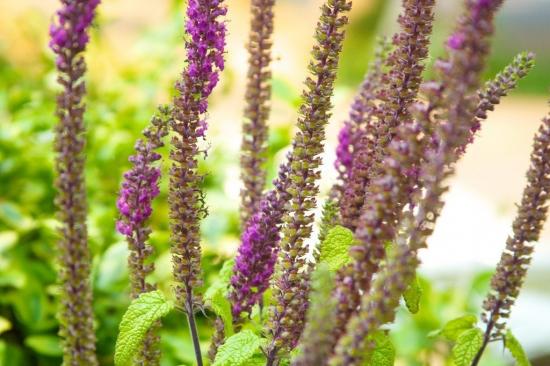
Like any medicine, you should not use Dubrovnik without consulting a specialist. By choosing Dubrovnik for your garden plot, you can not only get an unpretentious plant to decorate it, but also use it for medicinal and culinary purposes.

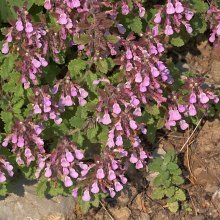
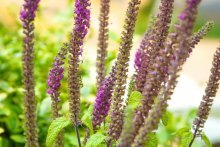
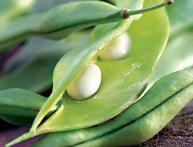
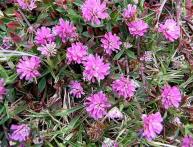
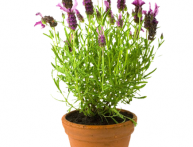
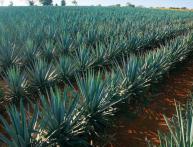
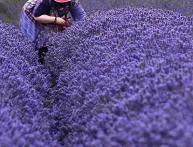
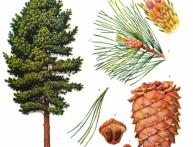
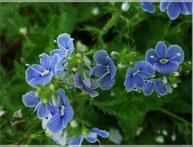
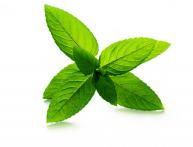
Comments
We grow these flowers, but I never thought that they could be useful in any way. Sometimes I was even a little irritated by their so-called presence. Now I will be more attentive to them.